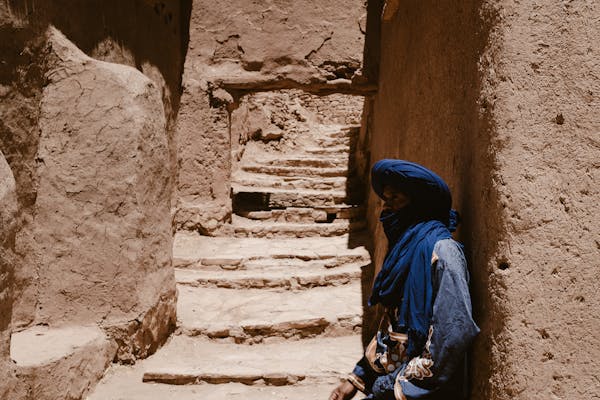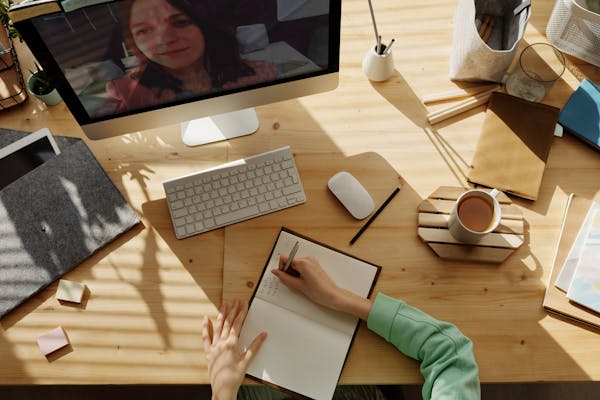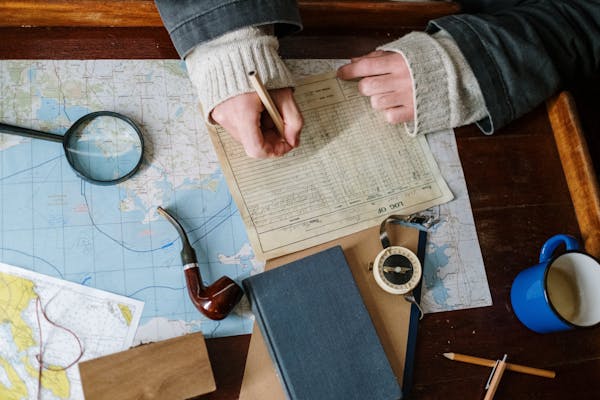You know, when people talk about teaching history, it always seems to be about the big stuff. Wars, kings, empires falling apart, presidents giving speeches. All important, sure. But there’s something different about the history that happened right around you. The streets you walk on, the buildings you drive past, the people you wave at in your neighborhood. That’s local history. And honestly? It’s kind of the secret weapon most teachers don’t use enough.
Because here’s the thing: when you make history personal, students care. When you show them, “Hey, this happened right where we live,” it’s like lighting a fire. Suddenly it’s not just names and dates they have to memorize. It’s their world. Their home. Their story.
And trust me — once you get them hooked on local history, everything else gets easier.
It Makes History Feel Real, Not Like a Boring Textbook
Let’s be real: most kids think history is boring.
It’s old people wearing weird clothes, fighting about stuff that doesn’t matter anymore.
But what if you could tell them that 50 years ago, someone stood on the same street corner they walk past every day, demanding the right to vote? Or that 100 years ago, there was a massive flood right where their school is now, and people had to row boats down Main Street?
Now it’s not boring. Now it’s alive.
Students can walk where real people stood. They can imagine it. They can feel it.
And when kids feel history, that’s when they actually remember it.
It Builds Pride in Their Community
A lot of students — especially teenagers — don’t think much of where they’re from.
“It’s just a small town.”
“There’s nothing interesting here.”
“I can’t wait to leave.”
But when you dig into local history, you start to uncover things even they can be proud of. Maybe their town had a role in a major movement. Maybe someone famous once lived there. Maybe a group of people stood up for what was right when it was dangerous to do so.
It’s powerful for kids to realize that their town — their home — has a story worth telling.
It changes how they see themselves too.
Instead of thinking, “Nothing important ever happens here,” they start thinking, “Maybe something important could happen here again. Maybe I could be part of it.”
It Connects the Past to the Present
One thing local history does better than anything else is show that history isn’t just something that happened — it’s something that’s still happening.
When students see how their town changed because of decisions made 50 or 100 years ago, they start realizing that today matters too.
Maybe the neighborhood lines were drawn during segregation, and they’re still feeling the effects. Maybe a factory opened and brought jobs, then closed and left scars. Maybe an immigrant community grew and built a whole part of town that’s still thriving today.
Understanding local history helps students connect the dots between past and present — and once they see those connections, they start thinking harder about the future too.
It’s Way Easier Than You Think to Teach
Here’s some good news: you don’t have to become a historian overnight.
Teaching local history can start small.
You don’t need a giant, months-long unit. You don’t need special textbooks.
You just need a little curiosity — and maybe a willingness to do a little digging.
Some easy ways:
- Guest speakers: Invite a longtime resident or community leader to come talk to your class. Let students ask questions.
- Local field trips: Even a short walk around town can uncover cool history. Old courthouses, parks, statues — they all have stories.
- Photo projects: Ask students to find old photos of their town and compare them to today.
- Story projects: Have students interview grandparents, neighbors, or local business owners about “how things used to be.”
Every little bit adds up. Even sprinkling in one or two local stories into your regular history lessons can make a big difference.
Kids Love Hearing Real Stories (Not Just Facts)
Let’s be honest: nobody remembers lists of dates.
What they remember are stories.
Stories about the farmer who hid runaway slaves in his barn.
Stories about the high school that finally integrated in 1965, and what that first day was like.
Stories about the old lady down the street who used to work in a war factory during WWII.
Real stories. Real people.
That’s the stuff that sticks.
And honestly, kids are hungry for it.
They crave realness. They’re tired of just reading paragraphs out of a book.
When you bring real voices, real places, and real emotions into your classroom, you’ll see kids light up in a way that a textbook just can’t do.
It Helps Them Develop Critical Thinking Too
Not everything in local history is pretty.
Sometimes you’ll uncover uncomfortable truths: racism, injustice, violence, bad decisions.
And that’s actually a good thing.
Because dealing with complicated history teaches kids how to think critically.
It teaches them to ask questions, dig deeper, and not just accept easy answers.
Why did this happen?
Who benefited?
Who got hurt?
How do we make sure it doesn’t happen again?
These are the kinds of skills they need for the real world — and local history is a perfect way to practice.
Where to Find Local History Resources
If you’re wondering where to start, here are some goldmines:
- Public libraries: Often have archives of newspapers, old photos, and oral histories.
- Historical societies: These groups LOVE sharing what they know. Some even have school programs ready to go.
- Old cemeteries: Sounds spooky, but cemeteries are full of history. Gravestones tell stories.
- City or county websites: You might be surprised how much is already online.
- Elderly neighbors: Some of the best historians don’t have degrees — they have memories.
And honestly, if you just start asking around — “Hey, do you know any cool stories about our town?” — you’ll be shocked at what people will tell you.
Some Cool Project Ideas
If you want to make local history a bigger part of your curriculum, here are a few ideas:
Local History Fair
Like a science fair, but for history. Students pick a local event, person, or place to research and present.
“Then and Now” Photo Project
Students take pictures of spots around town and pair them with historical photos from the same places.
Oral History Collection
Students interview older residents and collect their stories into a class book or podcast.
Walking Tour Guide
Have your class create a “walking tour” brochure for historic sites in town — could even be a cool community project.
Community History Night
Host an evening event where students present what they learned, and invite the community. Great way to build school pride!
A Few Things to Watch Out For
Like I said before, local history can get messy. Not everyone agrees on how certain things should be remembered. Some people might not want painful events talked about.
That’s okay.
You just have to be respectful, thoughtful, and willing to listen to different sides.
Also — be careful with sensitive topics. Make sure your students understand the importance of treating people’s stories with respect.
And if you ever hit a wall (maybe you can’t find enough info on a topic), don’t sweat it. Just shift gears and find another story. There’s always more out there.
Why It Matters More Than Ever
Look, the world is loud right now.
Kids are bombarded with information 24/7 — much of it confusing, angry, or fake.
Local history is the opposite of that.
It’s real. It’s grounded. It’s about where they actually live and breathe.
It helps them understand who they are.
It teaches them that they’re part of something bigger.
It gives them roots — and wings.
And honestly? It’s just more fun.
It makes school feel less like a chore and more like a treasure hunt.
Final Thought
If you want your students to care about history — really care, deep down — you can’t just tell them what happened. You have to help them feel it.
And the best place to start is right outside your door.
Their history.
Their town.
Their story.
That’s how you make it stick.
That’s how you make it matter.
That’s how you make it unforgettable.



